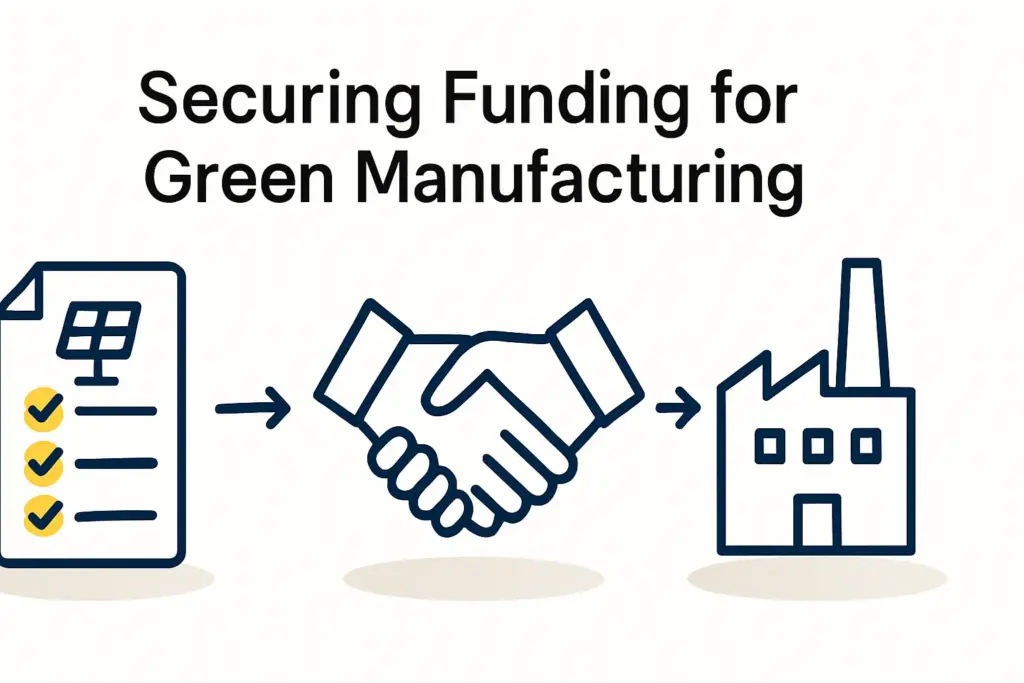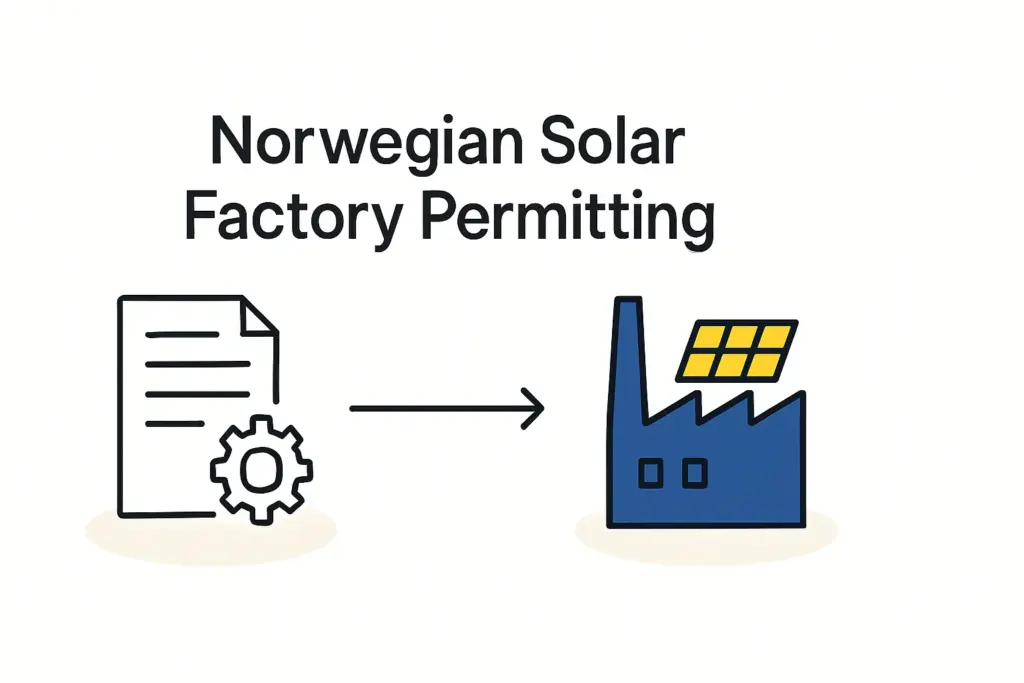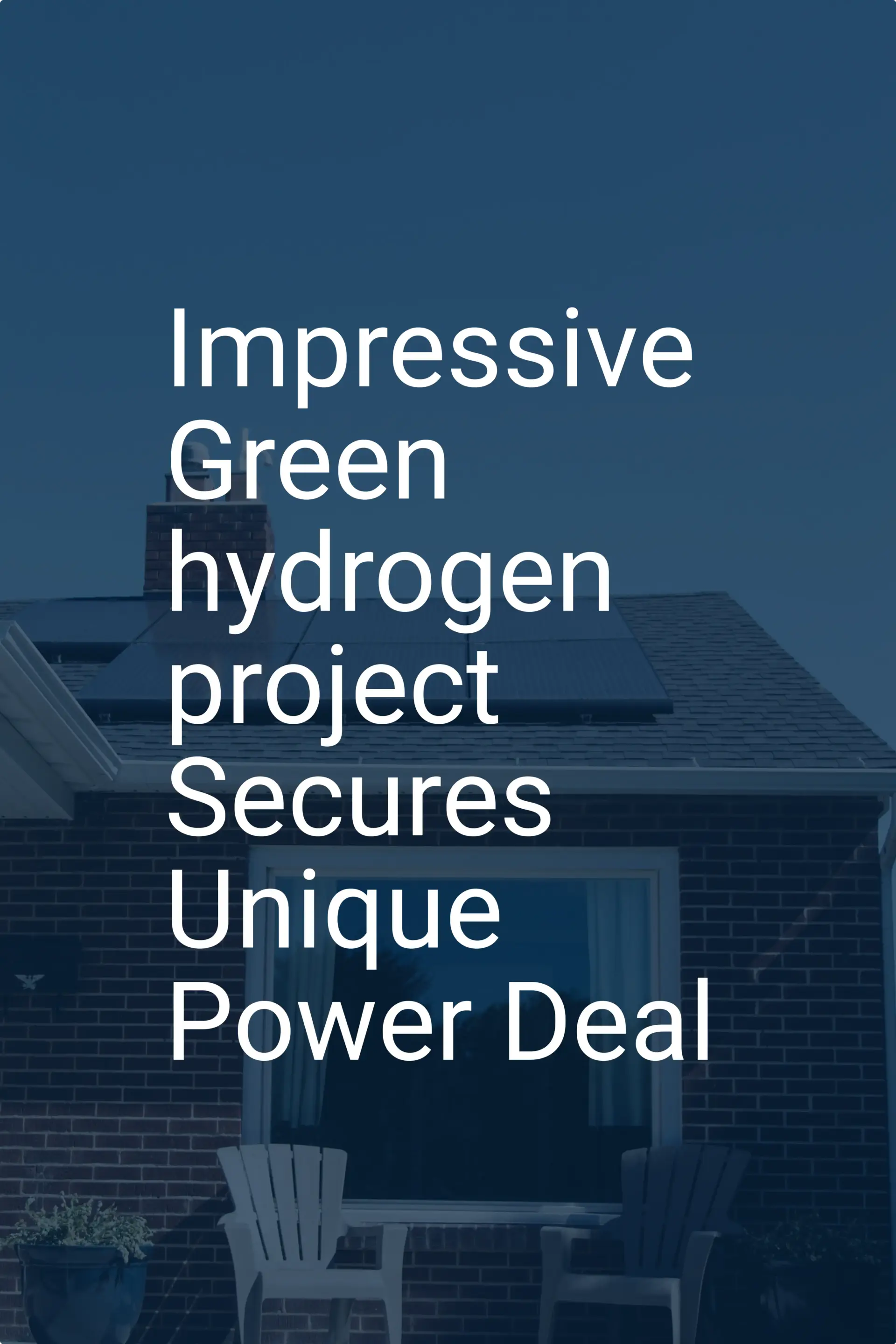Discover comprehensive insights into the statistics, market trends, and growth potential surrounding the solar panel manufacturing industry in Norway
- Global Solar Atlas. (2024). Norway. Retrieved June 28, 2024, from https://globalsolaratlas.info/map?r=NOR&c=58.994278,8.61665,7
- International Energy Agency. (2013). National Survey Report of PV Power Applications in Norway. Retrieved June 28, 2024, from https://iea-pvps.org/wp-content/uploads/2020/01/IEA_PVPS_NSR_2013_Norway.pdf
- Statista. (2023). Electricity Prices in Selected Countries. Retrieved June 28, 2024, from https://www.statista.com/statistics/263492/electricity-prices-in-selected-countries/
- Life in Norway. (2023). Paying for Power: Electricity Bills in Norway Explained. Retrieved June 28, 2024, from https://www.lifeinnorway.net/electricity-bills-in-norway/
- Pv Magazine. (2023). Norway deployed 300 MW of solar in 2023. Retrieved June 28, 2024, from https://www.pv-magazine.com/2024/01/03/norway-deployed-300-mw-of-solar-in-2023/
- Pv Magazine. (2023). Norway deployed 300 MW of solar in 2023. Retrieved June 28, 2024, from https://www.pv-magazine.com/2024/01/03/norway-deployed-300-mw-of-solar-in-2023/
- Our World in Data. (2023). Levelized Cost of Energy The World. Retrieved June 28, 2024, from https://ourworldindata.org/grapher/levelized-cost-of-energy
- Energifaktanorge. (2024). The Power Balance. Retrieved June 28, 2024, from https://energifaktanorge.no/en/norsk-energiforsyning/kraftproduksjon/
- The Electricity Grid. (2024). The Power Balance. Retrieved June 28, 2024, from https://energifaktanorge.no/en/norsk-energiforsyning/kraftnett/
- Pv Magazine. (2022). Norway increases support for residential PV Retrieved June 28, 2024, from https://www.pv-magazine.com/2022/02/02/norway-increases-support-for-residential-pv/
- Pv Magazine. (2024). Norway deployed 300 MW of solar in 2023. Retrieved June 28, 2024, from https://www.pv-magazine.com/2024/01/03/norway-deployed-300-mw-of-solar-in-2023/
- GrandViewResearch. (2023). Off-grid Solar PV Panels Market Size, Share & Trends Analysis Report By Technology (Thin Film, Crystalline Silicon, Others), By Application (Residential, Commercial, Industrial), By Region, And Segment Forecasts, 2022 – 2030. Retrieved June 28, 2024, from https://www.grandviewresearch.com/industry-analysis/off-grid-solar-pv-panels-market
- Pv Magazine. (2024). Norway deployed 300 MW of solar in 2023. Retrieved June 28, 2024, from https://www.pv-magazine.com/2024/01/03/norway-deployed-300-mw-of-solar-in-2023/
- Life in Norway. (2023). Salary in Norway. Retrieved June 28, 2024, from https://www.lifeinnorway.net/salaries-in-norway/
- Statistisk. (2023). Statistic in Norway. Retrieved June 28, 2024, from https://www.ssb.no/en
- FinModelsLabs. (2024). Solar Energy Panel Manufacturing Startup Costs. Retrieved June 28, 2024, from https://finmodelslab.com/blogs/startup-costs/solar-energy-panel-manufacturing-startup-costs
- Statista. (2023). Renewable Energy in Norway. Retrieved June 28, 2024, from https://www.statista.com/topics/9727/renewable-energy-in-norway/#topicOverview
- Our World in Data. Norway: Energy Country Profile. (2024). Retrieved June 28, 2024, from https://ourworldindata.org/energy/country/norway
- Mondaq. (2023). Proposed Rule Changes For Solar Energy. Retrieved June 28, 2024, from https://www.mondaq.com/renewables/1431088/proposed-rule-changes-for-solar-energy
- NTNU. (2023). The Norwegian Solar Energy Innovation System. Retrieved June 28, 2024, from https://www.ntnu.no/documents/1284688443/1285504199/FINAL_PV_REPORT.pdf/16d62245-754b-9d09-e0ea-ca9fe18a9a72?t=1628153269438
- Reuters. (2024). Norway to mandate solar power for new government buildings from 2024. Retrieved June 28, 2024, from https://www.reuters.com/business/energy/norway-mandate-solar-power-new-government-buildings-2024-2023-06-13/
- Solar Stone. (2024). Norwegian Solar Energy Incentives in 2023: A Comprehensive Guide, Solar Stone. Retrieved June 28, 2024, from https://solarstone.com/blog/norwegian-solar-energy-incentives-in-2023-a-comprehensive-guide
- Pv Magazine. (2022). Norway increases support for residential PV. Retrieved June 28, 2024, from https://www.pv-magazine.com/2022/02/02/norway-increases-support-for-residential-pv/
- NBIM. (2024). New investment in renewable energy infrastructure. Retrieved June 28, 2024, from https://www.nbim.no/en/the-fund/news-list/2024/new-investment-in-renewable-energy-infrastructure3/
- Pv Europe. (2023). Norway: First large solar park connected to the grid. Retrieved June 28, 2024, from https://www.pveurope.eu/solar-parks/nordics-norway-first-large-solar-park-connected-grid
- Power Technology. (2024). Top five solar PV plants in operation in Norway Retrieved June 28, 2024, from https://www.power-technology.com/data-insights/top-five-solar-pv-plants-in-operation-in-norway/
- Hydro. (2023). Hydro Rein and Opplysningsvesenets fond establish joint solar power company. Retrieved June 28, 2024, from https://www.hydro.com/en/global/media/news/2023/hydro-rein-and-opplysningsvesenets-fond-establish-joint-solar-power-company/
- Xprt. (2023). Solar Energy Manufacturers, Suppliers & Companies In Norway. Retrieved June 28, 2024, from https://www.energy-xprt.com/solar-energy/companies/location-norway
- Norsk Renwables. (2024). Retrieved June 28, 2024, from https://norskrenewables.com/company/about-us
- Scatec. (2024). Retrieved June 28, 2024, from https://scatec.com/about/history/
- ENF Solar. (2024). Retrieved June 28, 2024, from https://www.enfsolar.com/directory/installer/Norway

















